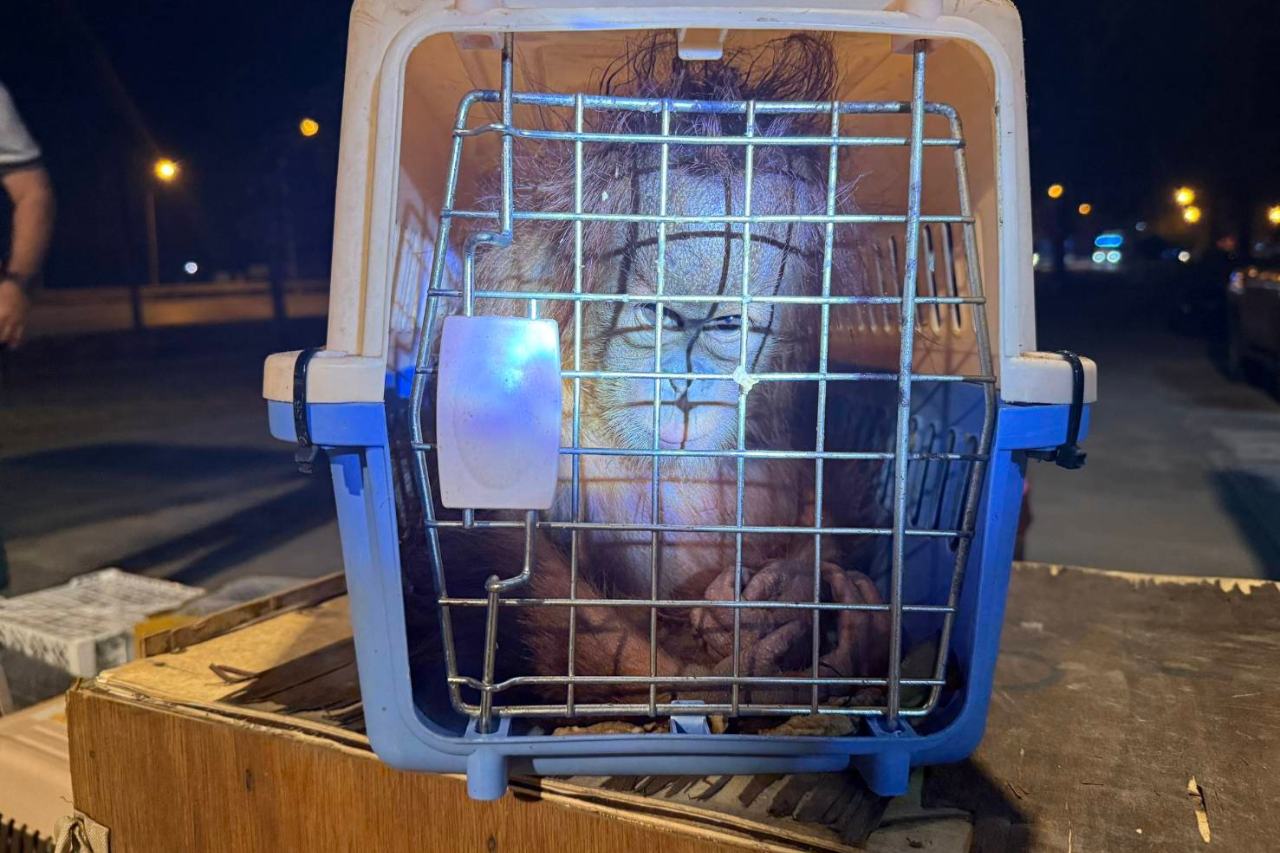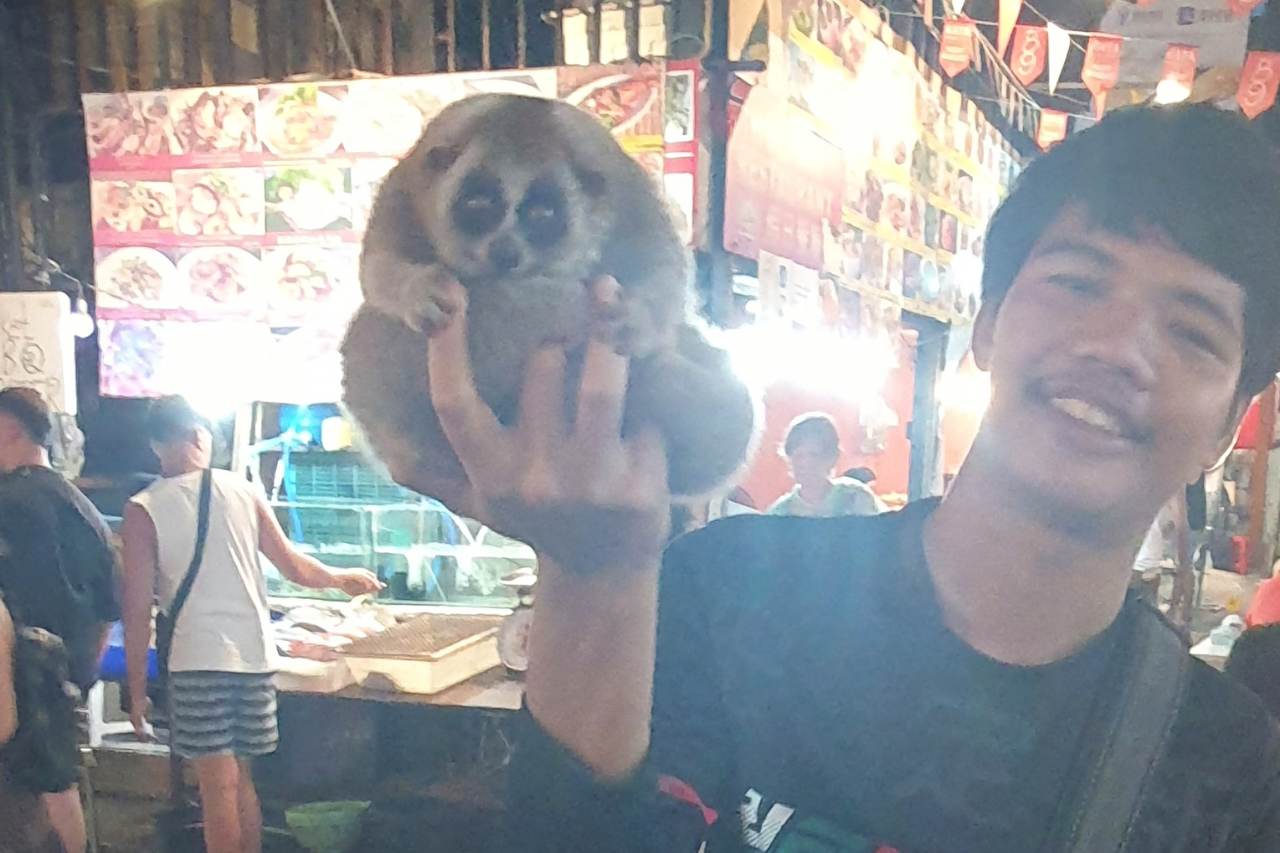Authorities have uncovered a major international trafficking ring, rescuing three orangutans, a siamang, a white-handed gibbon, red pandas, and tamarins. This shocking discovery highlights the ongoing threat to endangered species from illegal trade.
Before and after rescue!
Is our work really needed?
We received some questions and remarks from some people why we think our wildlife rescue work is important. Some large international organisations like them feel that there is no need for wildlife rescue centers…
We at WFFT believe that without the exsistence of wildlife rescue centers there is no direct and practical support for wildlife law enforcement, that wildlife hurt in traffic or other encounters with humans deserve a chance to be treated and released back to the wild, and that wild animals that ended up in the illegal wildlfie trade or as pets deserve another chance in life, whether it be back in the wild or to spend the rest of their life in an environment as close to nature as possible in the company of their own kind.
Look at some examples of rescued animals, and judge yourself.
We will add more photos!

Balu on arrival and two years later living in a field enclosure with two other friends.

An electrocuted loris on arrival being released after rehabilitation.
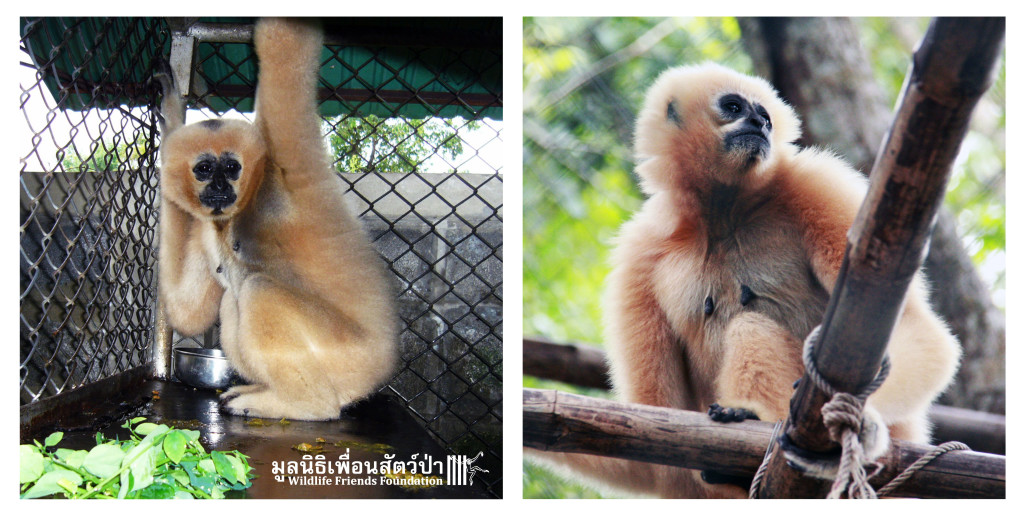
Bong in her cage in bangkok, and a year later in our gibbon forest.

Boonmee on the day of arrival at the center and two years later.
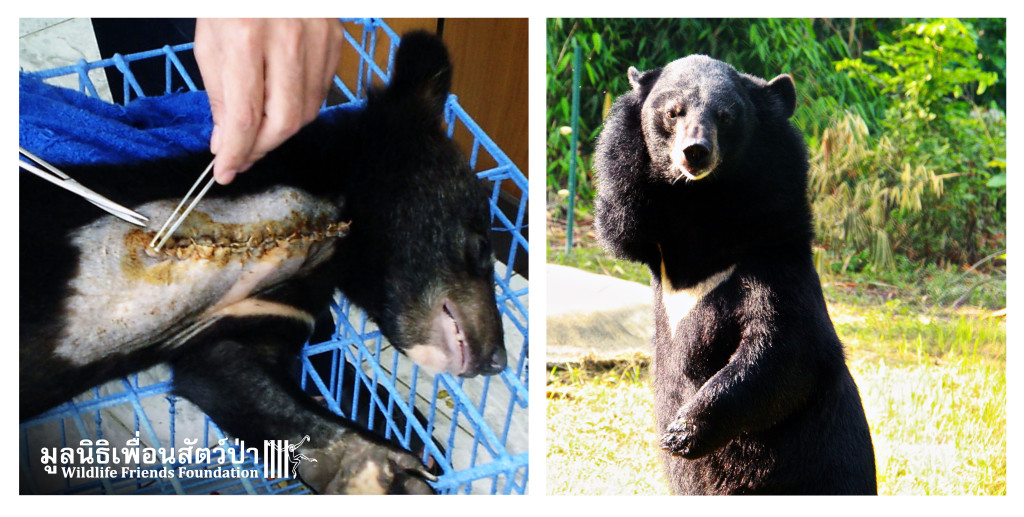
Bouner the Asiatic black bear on arrival and 5 years later at WFFT.

Some of the rescued deer at an Ayuthaya temple and now living in a 12 hectare forest at WFFT.
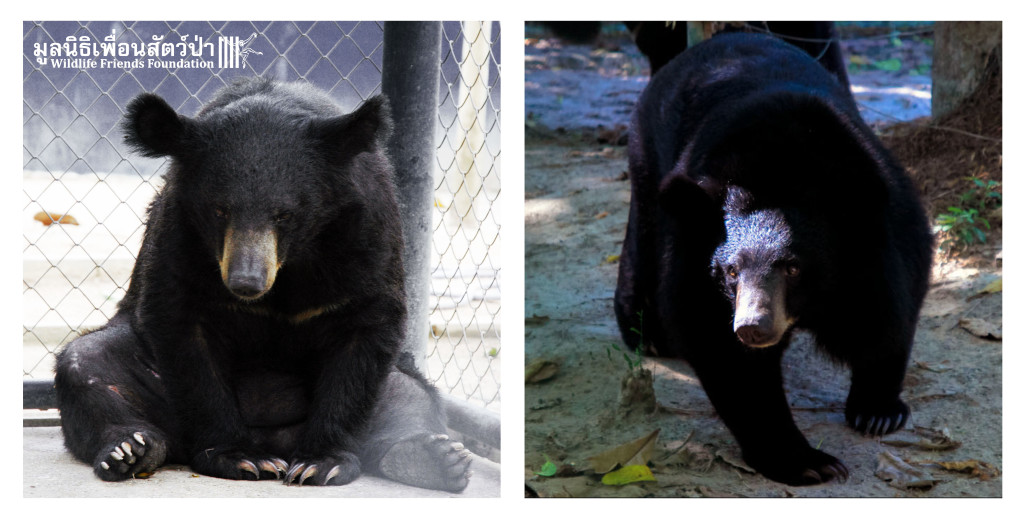
Joan the bear on arrival and on the right, her life right now.

Joy the stumptailed macaque before in his cage with little light and now in his monkey forest with 12 other monkeys.
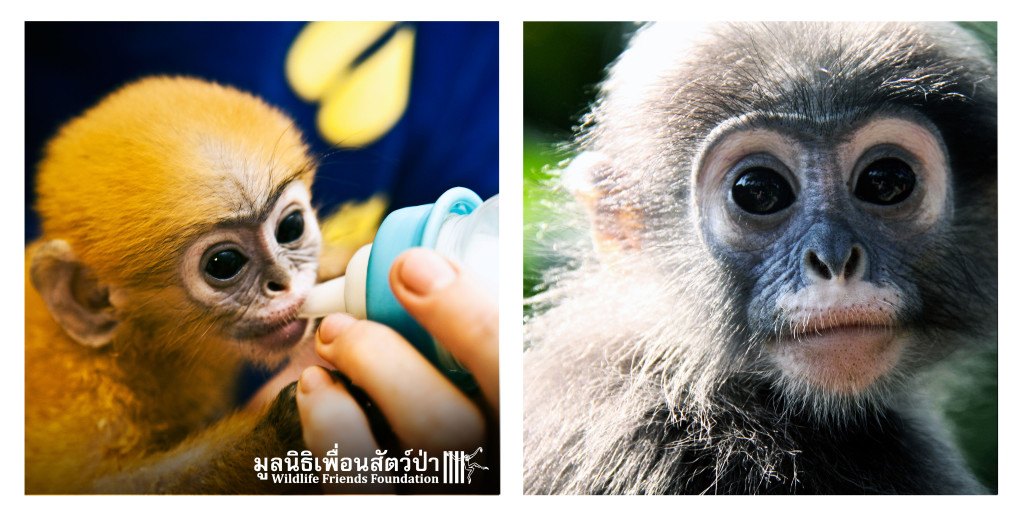
Lookwa, the dusky leaf monkey on arrival, and on the right her current looks!

A gibbon in her original “dog cage” and her life right now….

